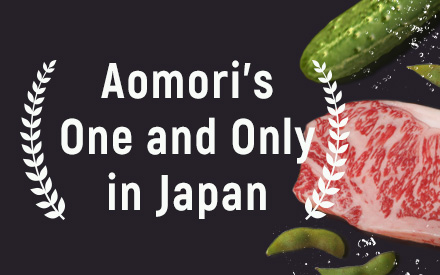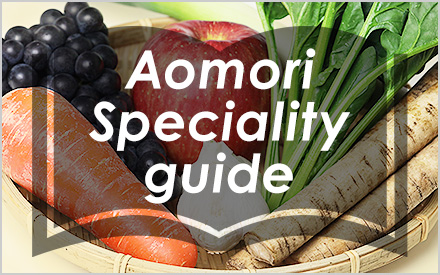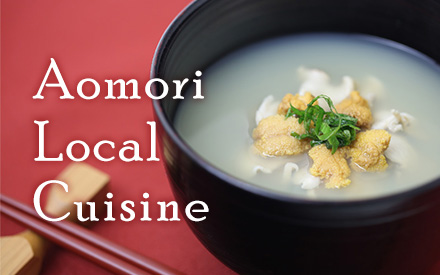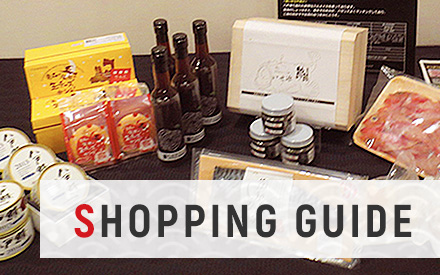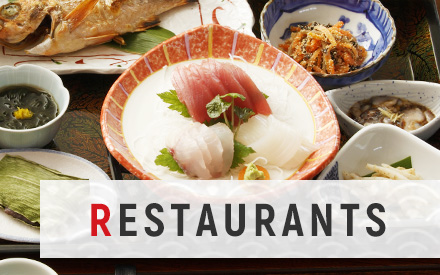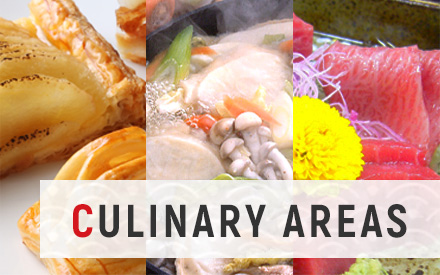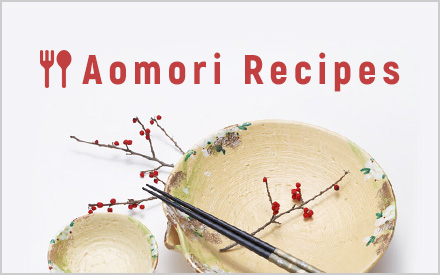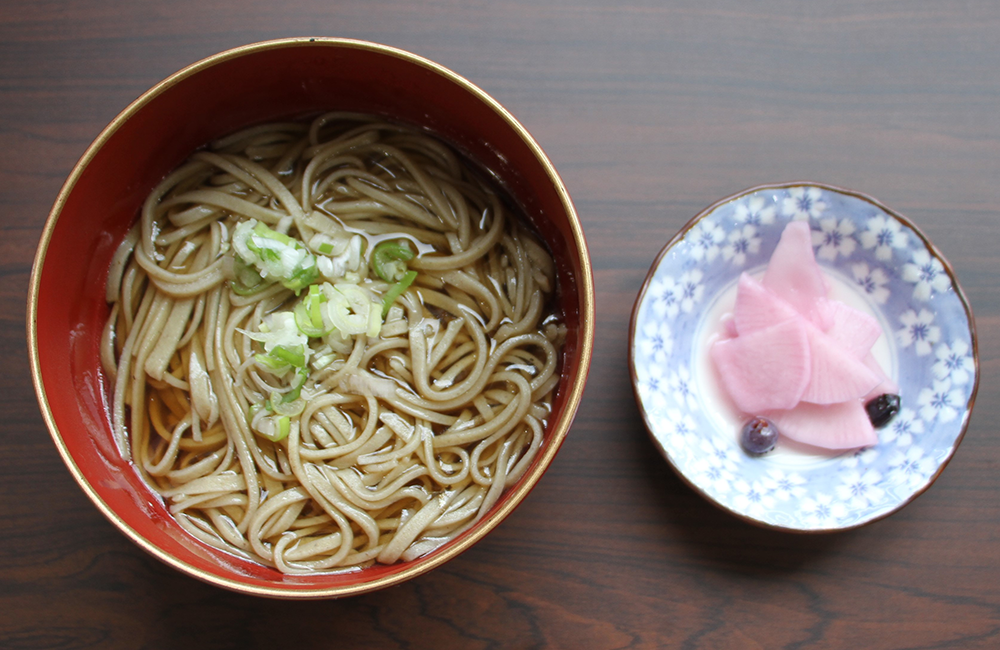
Soba, or buckwheat, is widely grown in Aomori Prefecture, and various soba varieties are rooted in the regions.
Aomori residents have a great affinity for soba. Tsugaru soba is found in the Tsugaru region, Hashikami soba is from the Nanbu region, and soba kakke is a regional traditional dish.
We would like to introduce the “Higashidori Soba,” a popular soba in the Shimokita region.
Higashidori Village in the Shimokita Region of Aomori
Higashidori, located in the northeast of Shimokita Peninsula in Aomori Prefecture, has an area of about 300 square kilometers and a population of about 6,000. It is surrounded by nature with mountains, forests, and wilderness covering most of the area.
Shiriyazaki, located on the northeastern edge of the village, is famous as a habitat for Kandachime horses. The village has a cool climate with an average annual temperature of around 10 degrees Celsius due to the strong influence of the “Yamase” seasonal wind blowing in from the Pacific Ocean in summer.
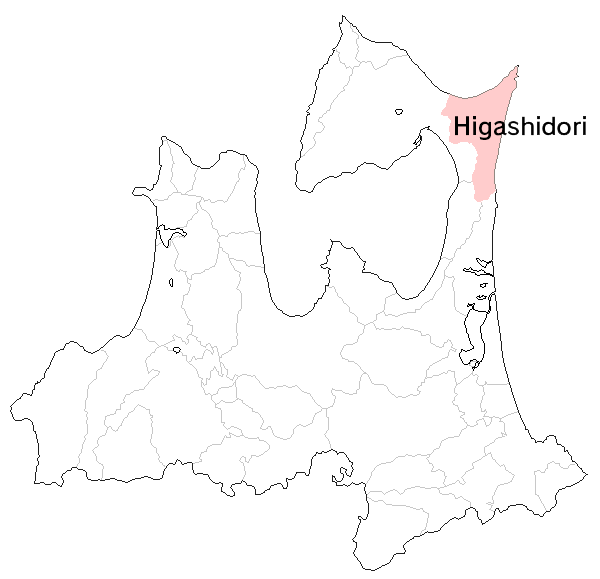
Soba from Higashidori
Types of Soba
In Higashidori Village, the main variety grown is called Kitawase.
When soba cultivation first started, Hashikami wase was the variety chosen. However, the Kitawase variety became the leading variety since the Hashikami wase’s growing season of early September overlapped with the typhoon season, leading to loss of crops. The Kitawase variety is more resilient to the wind and rain, and the harvest season is around the end of September.
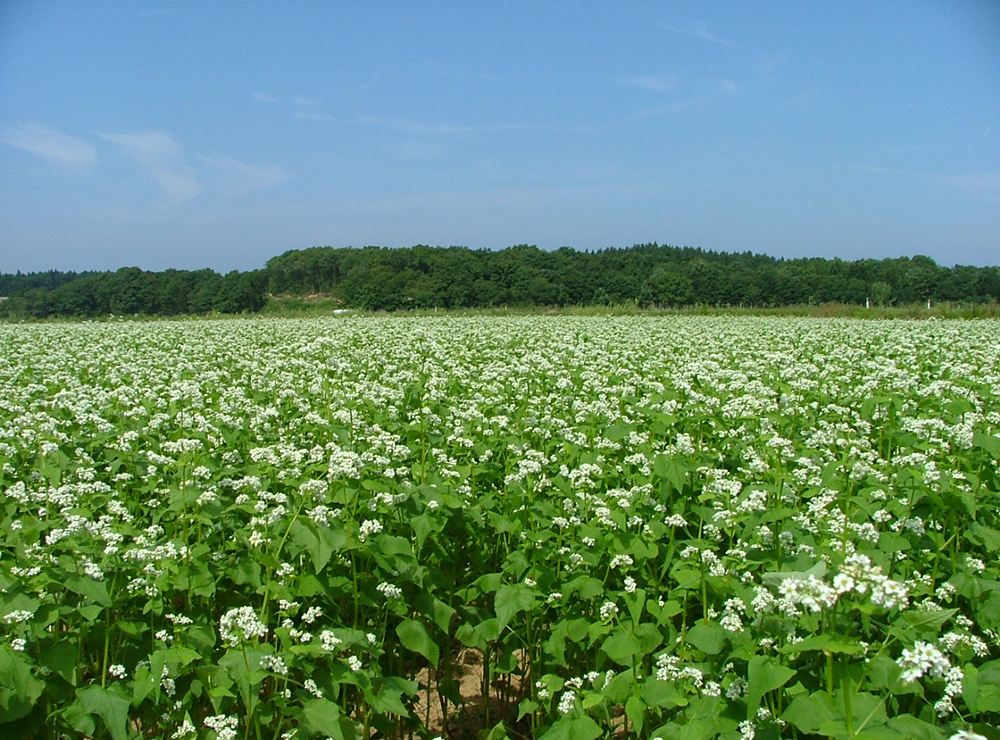
Characteristics of Kitawase
The main characteristic of the Kitawase variety is that each individual fruit grows evenly in comparison to other varieties. They ripen all at about the same time, and are harvested early when they have turned brown. In Higashidori, the temperature varies greatly from one day to the next, which makes the buckwheat contain a lot of starch and have a strong taste and aroma.
Higashidori Soba
Juwari Soba Made with 100% Buckwheat Flour
Higashidori Soba is made from 100% buckwheat flour, which enhances the original flavorful aroma of buckwheat.
More than 40% of the total protein in buckwheat flour is water soluble, and unlike wheat flour, the dough does not bind well, so making noodles from buckwheat flour alone requires a high level of skill.
Soba made solely from buckwheat flour such as Higashidori soba, is called “juwari soba.” Soba made with a mixture of buckwheat and wheat flour to make the dough more binding is called by the percentage of buckwheat flour, such as “hachiwari soba,” or 80% buckwheat flour soba.
The residents of Higashidori preserve this juwari soba by boiling it before storing.
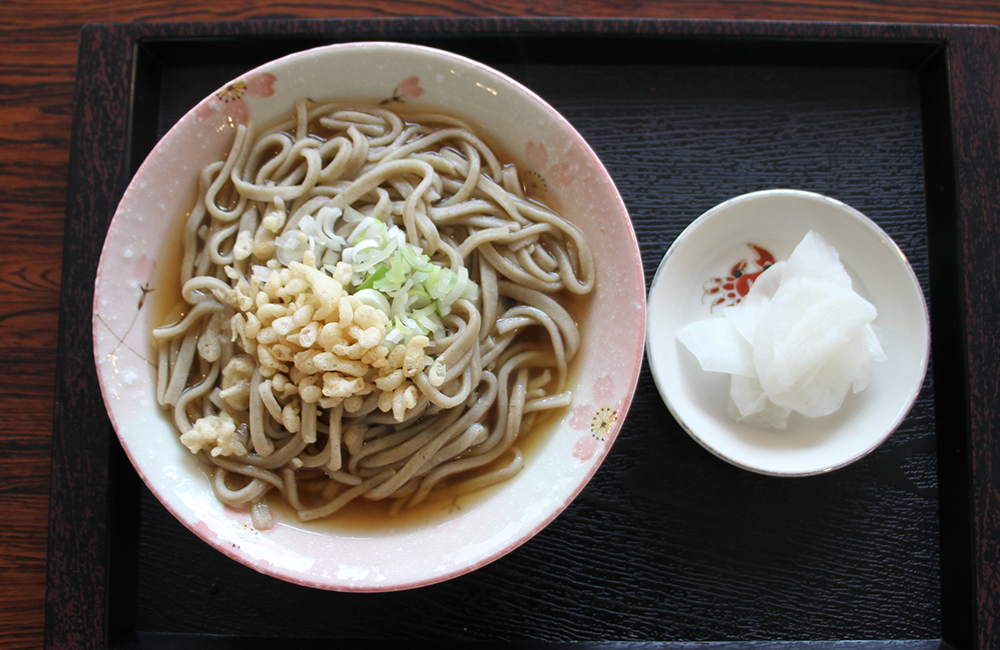
Boiled Soba “Nioki” – Useful for Preservation
Juwari soba, which uses nothing but water and buckwheat flour, tends to fall apart when left raw, making it unsuitable for storing. By boiling the buckwheat noodles and then preserving them, they can be stored for up to three days without falling apart. It is believed that “nioki” was adopted as an innovative preservation method.
Flavor of “Higashidori Soba”
The soup stock of soba varies by each family and each restaurant. Each family has its own taste, which has been passed down from generation to generation. The stock is made by mixing different amounts of Shiriya kelp, chicken stock, dried sardines, vegetables, mushrooms, and other ingredients. Kakesoba served with warm broth a recommended way to enjoy “Higashidori soba.”

